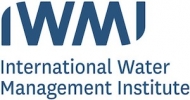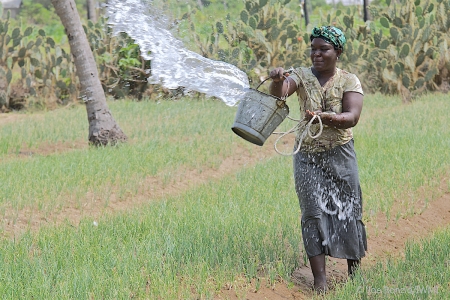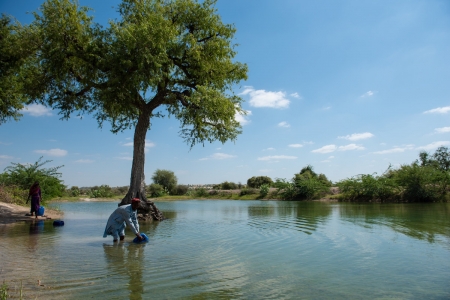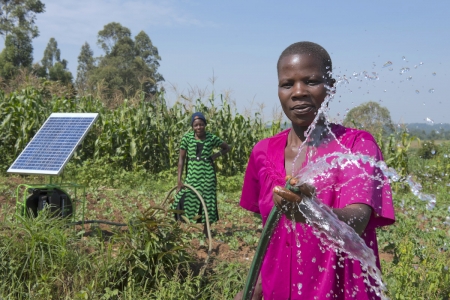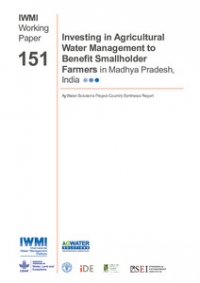The Mahaweli Irrigation System H depends on trans basin diversion. Water used for irrigation has a high opportunity cost as it could be used for hydropower generation. This public irrigation scheme experiences persistent surface water shortages, land use is inefficient (cropping intensity-170%). Meanwhile, high level of groundwater is leading to water logging and depressed productivity. Iron toxicity is also an identified problem. Significant quantities of water flow through the drainage network of the scheme. This is a typical example of a public irrigation system providing poor ecosystem services. The project objective is to first quantify the scale of the problem and then to investigate solutions that will enhance the provisioning services of the ecosystem while safeguarding other ecosystems services. This research explores the impact of credible, timely and accessible information and communication between farmers and irrigation officials on the performance of the public irrigation scheme. The research hypothesis is that improved communication, information exchange will allow improved access to, and use of resources and the services of ecosystems. In 2014 this research project developed an inventory of agro wells in the area and mapped this infrastructure - a first of its kind for this irrigation system. Monitoring devices have been installed on the 34km long Right Bank Canal. Canal water levels are now accessible on a dedicated web page. An automated weather station has been commissioned and that data too, will shortly be made available. Canal discharge rating curve development/verification has been postponed until the end of Nov. when canals reopen following the maintenance period. The research group is now in a position to provide capacity building for irrigation staff and selected farmer leaders for the use of these information, in addition to other specific skills that have been found lacking. In 2015, The research team is intend to develop an automated groundwater level monitoring system and an automated information sharing through a SMS messaging system between farmers and officials , which shall enhance the timely flow of information on conditions of surrounding ecosystems. An attempt will be made to create a third season (in-between two official seasons) based on available groundwater with high value seasonal crops. This will trigger the official recognition of groundwater irrigation within the canal system. Eventually, more and more farmers are expected to use groundwater for irrigation and be independent of canal irrigation and resilient to climate variability. The canal system will be used for the groundwater recharge purposes. Project will monitor the groundwater fluctuations, energy use and define the safe limits for abstraction and recharge. It is envisaged that this will enable the farmers to have some independence from canal water, choice of crops, and better handle on ecosystem services and enjoy the full benefits of this special eco system. Researchers will assess the changing roles of men and women under new conjunctive water use system. Details of the proposed changes will be tested at the tail-end part of the Right Bank Canal. The last three months, particularly will be dedicated for analysis, visualization of different scenarios, and reporting.
menu

